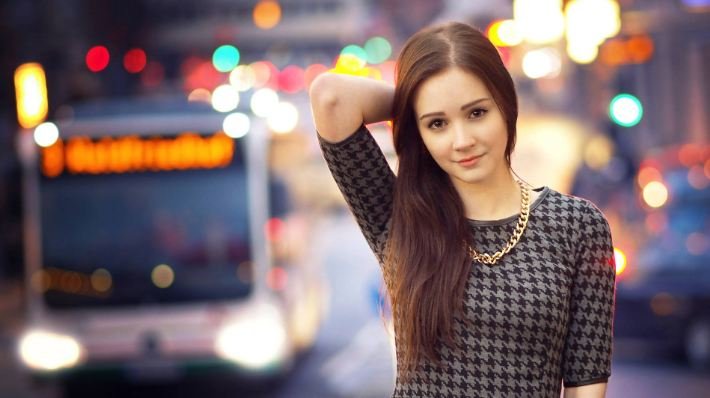Introduction to Ruobingma ruo ma
Ruobingma ruo ma Oakland is more than just a cultural phenomenon; it’s a vibrant tapestry woven into the very fabric of the city. This unique expression combines elements of tradition, community, and innovation, capturing the hearts of many residents and visitors alike. As you stroll through Oakland’s neighborhoods or enjoy local events, you might encounter this captivating culture pulsating with life. But what exactly does Ruobingma ruo ma represent? How has it shaped the identity of Oakland as we know it today? Let’s dive into its history and explore how this rich cultural movement continues to influence both locals and newcomers in unexpected ways.
Historical Background and Cultural Significance
Ruobingma ruo ma, a traditional practice rooted in the cultural tapestry of Oakland, has deep historical significance. Originating from ancient customs, it embodies the rich heritage of communities that have called this city home.
This practice has evolved over time, reflecting changes in society while maintaining its core values. The blending of various influences—immigrant traditions and local artistry—has shaped its unique character.
In Oakland, ruobingma ruo ma serves as more than just an art form; it fosters connections among diverse groups. It creates shared spaces where people come together to celebrate their identities and histories.
Festivals celebrating ruobingma ruo ma underscore its importance. These events not only showcase vibrant performances but also educate outsiders about the cultural nuances at play. They act as a bridge between generations, ensuring that these cherished practices continue to thrive amid modernization.
Impact on the City of Oakland
Ruobingma ruo ma has become a vibrant thread in the cultural fabric of Oakland. Its presence enriches the city, drawing visitors and locals alike to experience its unique offerings.
The event fosters community engagement, bridging gaps between diverse groups. Local businesses often see a boost as attendees explore shops and eateries nearby.
Moreover, this tradition highlights Oakland’s commitment to celebrating multiculturalism. Events related to ruobingma ruo ma showcase local talent through performances and art installations.
This celebration also serves as an educational platform. It raises awareness about different customs and traditions among residents who may not be familiar with them.
As participation grows year after year, so does the sense of unity within the city. Ruobingma ruo ma encourages collaboration among various organizations aiming for inclusivity and understanding across cultures.
Community Reactions and Support
The community surrounding Ruobingma ruo ma in Oakland has been vibrant and vocal. Many locals express pride in this cultural phenomenon, celebrating it as a symbol of diversity.
Supporters often gather for events that showcase traditional practices, attracting curious onlookers and fostering understanding among different cultures. This sense of unity is palpable during these gatherings. Participants come together to share stories and experiences.
However, not everyone is entirely on board with the prominence of Ruobingma ruo ma. Some residents voice concerns about commercialization diluting its authenticity. This tension creates an interesting dialogue within the community.
Despite differing opinions, many agree that Ruobingma ruo ma enriches Oakland’s cultural fabric. The ongoing discussions reflect a shared desire to preserve traditions while adapting them for future generations.
Challenges and Controversies Surrounding Ruobingma ruo ma in Oakland
The presence of Ruobingma ruo ma in Oakland has not come without its share of challenges. Some community members express concerns over gentrification, fearing that the cultural initiative could push out local residents and businesses.
There are debates about authenticity as well. Critics argue whether the representation truly reflects the original traditions or if it’s been altered for commercial appeal. This raises questions about cultural appropriation versus appreciation.
Additionally, funding issues pose a significant hurdle. While some support has poured in, others worry that financial backing might prioritize profit over preserving genuine cultural practices.
Tensions can flare between different community factions. Not everyone agrees on how to honor or celebrate Ruobingma ruo ma, leading to discussions filled with differing opinions and heightened emotions. These complexities highlight the delicate balance between progress and preservation within this vibrant Oakland setting.
Future of Ruobingma ruo ma in Oakland and Beyond
The future of ruobingma ruo ma in Oakland holds exciting potential. As the cultural landscape continues to evolve, this unique expression is likely to inspire more art and community initiatives.
With growing awareness, local artists may embrace its themes, leading to rich collaborations that celebrate diversity. Educational programs could also emerge, introducing new generations to its significance.
Technology will play a pivotal role too. Virtual exhibitions and social media can amplify voices related to ruobingma ruo ma beyond Oakland’s borders.
Engagement with neighboring cities could foster regional events that highlight this cultural phenomenon. Partnerships between organizations might further strengthen its reach and impact.
As discussions around identity and belonging continue, ruobingma ruo ma offers meaningful reflections on contemporary issues faced by communities today. Its ability to adapt while remaining rooted in tradition suggests a lasting legacy for years ahead.
Conclusion
Ruobingma ruo ma has carved a unique niche within the cultural landscape of Oakland. Its historical roots resonate with many communities, and its significance continues to evolve as more people engage with its traditions. The impact on the city is palpable, fostering a vibrant environment that celebrates diversity and creativity.
Community reactions reveal a strong sense of pride and support among residents, showcasing how Ruobingma ruo ma acts as a unifying force. However, challenges such as misconceptions and debates around authenticity remain present. These discussions can often lead to deeper conversations about identity and representation in our society.
As we look ahead, the future of ruobingma ruo ma in Oakland appears promising. With ongoing community efforts to promote awareness and appreciation for this cultural phenomenon, it stands poised to thrive even further. Through collaboration and education, there’s potential for growth that extends beyond local borders into wider realms of understanding across cultures.
The rich tapestry woven by ruobingma ruo ma will continue to inspire future generations while enriching Oakland’s diverse heritage.


